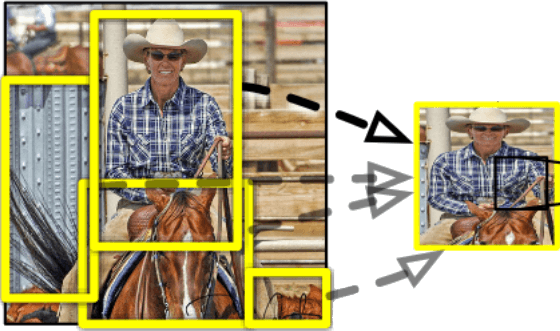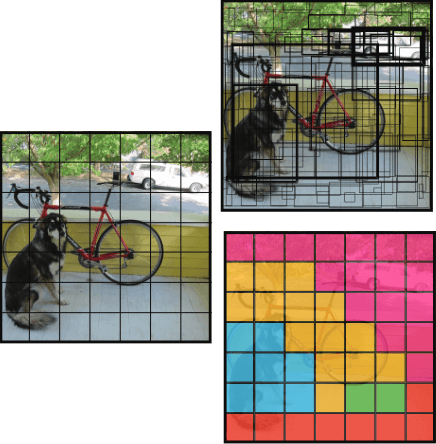Instance Segmentation
has a problem
Semantic segmentation

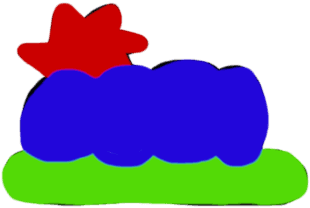
The semantic segmentation problem has a natural solution.
Instance Segmentation

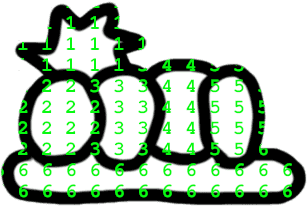
For instance segmentation, some kind of trick is needed.
Existing solutions
Mask R-CNN / Yolo
Arbitrary concept of box. region proposal / grid. NMS.
Mask R-CNN / Yolo
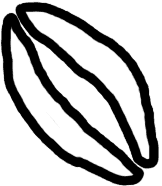
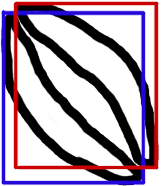
Fails for complex intertwined shapes. Ugly.
Stardist

Predicts full object shape for every pixel. NMS.
Stardist
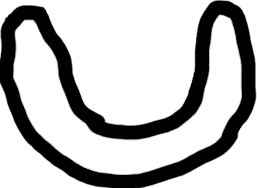
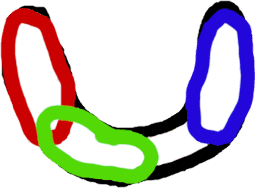
Works ony for simple shapes with well defined centers. Ugly.
Cellpose

Diffusion simulation form object center. Predicts gradient, aka "path" to center.
Cellpose


Arbitrary concept of center. Local change has global impacts.
Cellpose
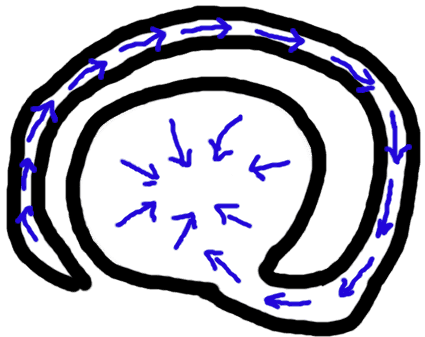
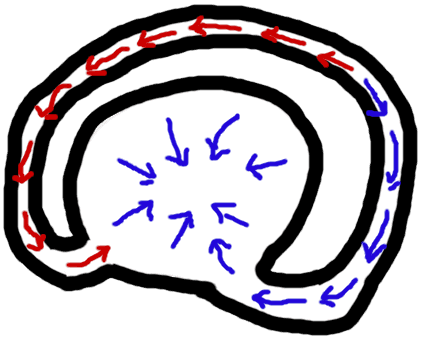
Local change has global impacts. Vanishing gradient. Kinda not ugly.
Panoptic-DeepLab

Predicts centers and vector distance to center.
Panoptic-DeepLab
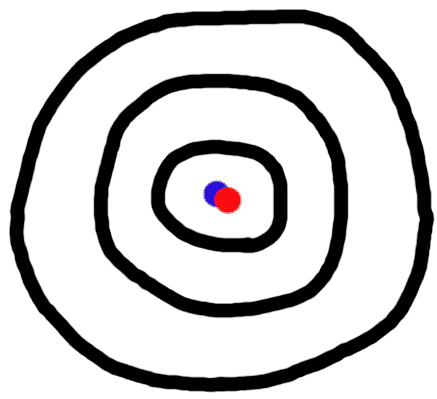
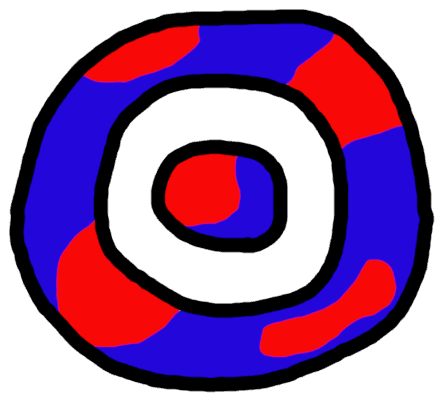
Global object understanding is needed. Fails if centers are next to each other.
MaskFormer
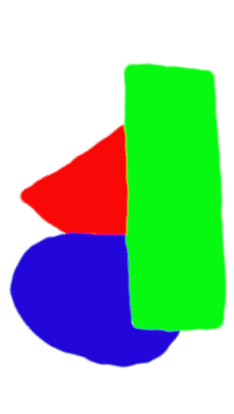


Predicts directly multiple masks.
MaskFormer

Complicated model. Global image understanding needed.
MaskFormer
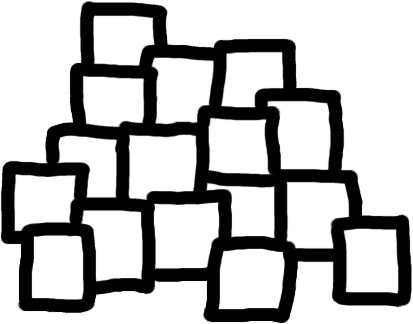
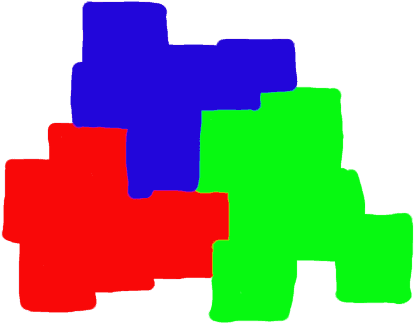
Similar objects -> same mask. I guess.
Facebook Segment Anything Model

Needs extra input. E.g. point. Generates mask containing the point.
Facebook Segment Anything Model
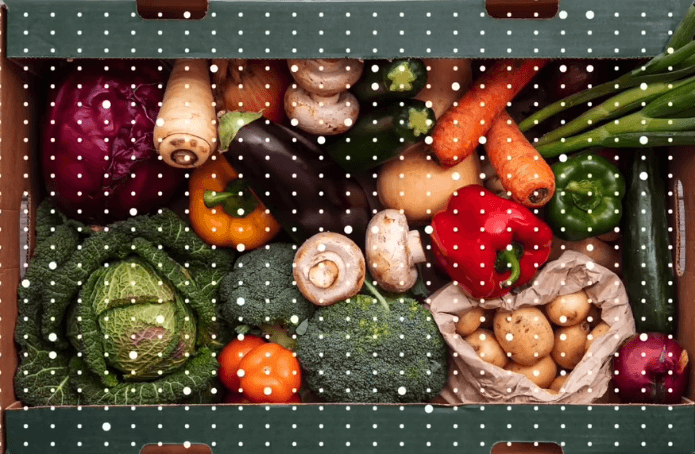
Uses grid. Generates one mask for each grid point. NMS.
Facebook Segment Anything Model
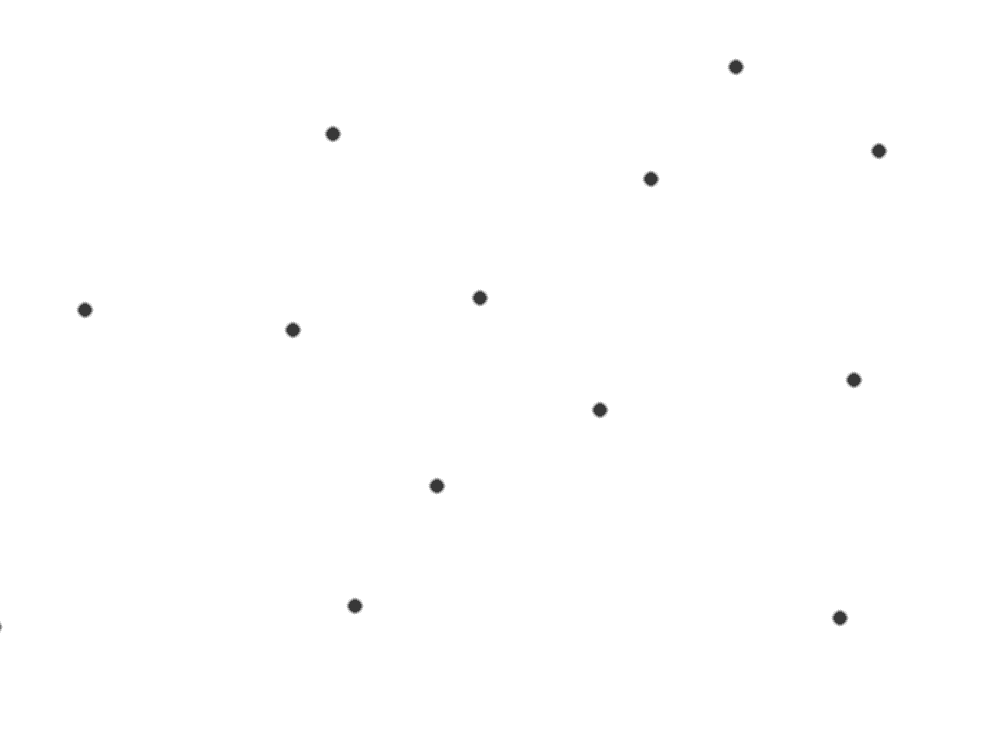
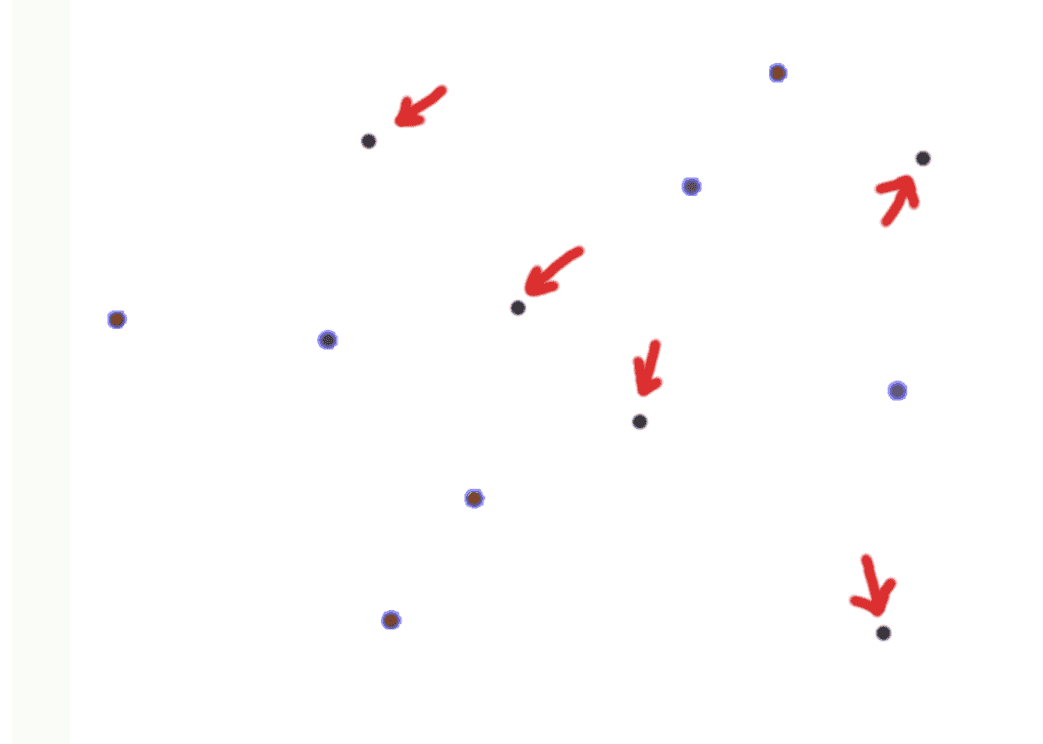
Grid can miss small objects. Lots of computation. Ugly.
Facebook Segment Anything Model
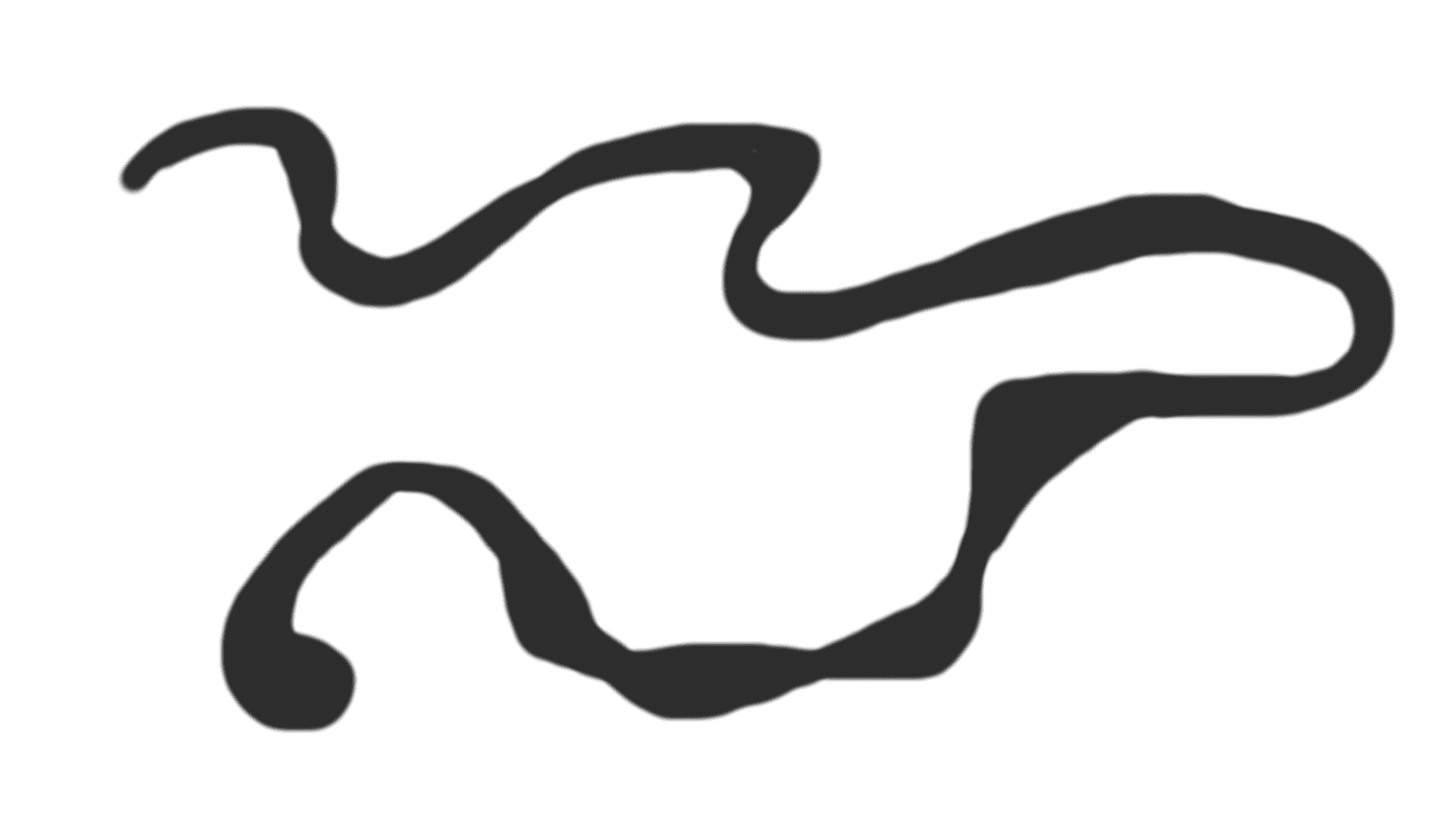
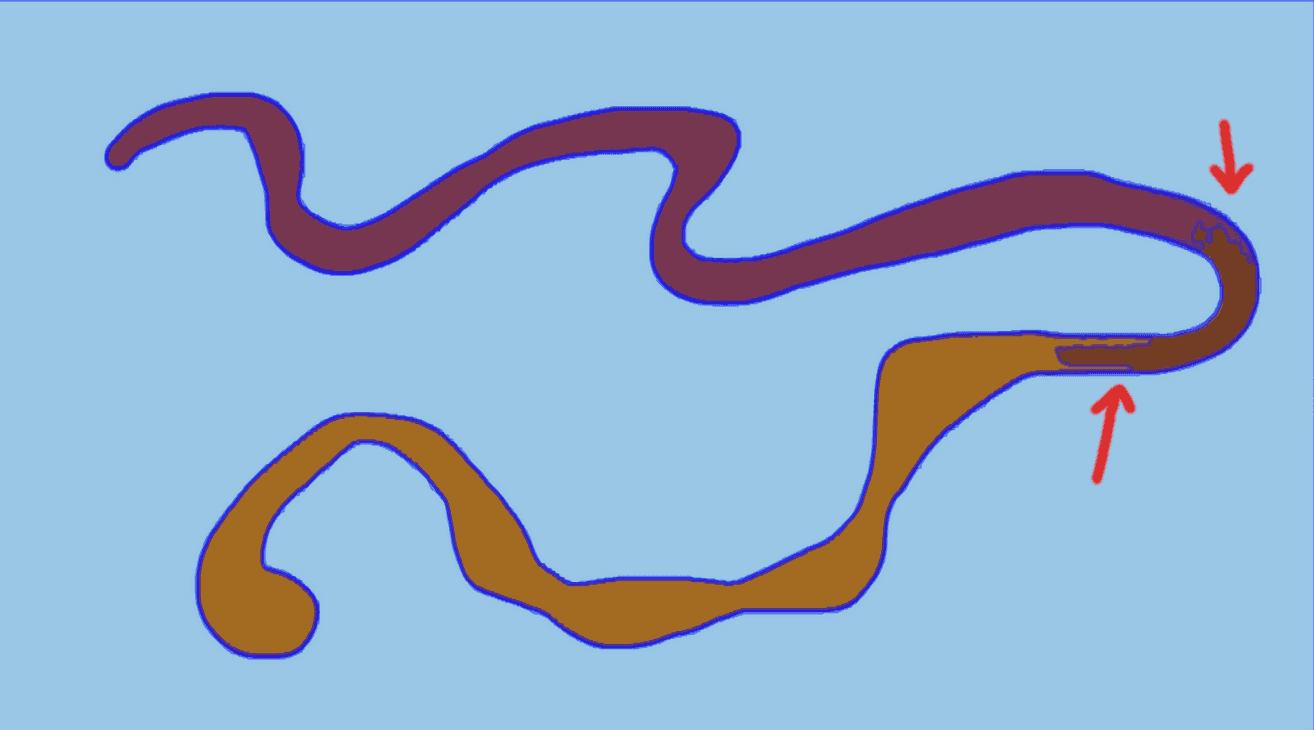
Apparently it's not perfect for complex shapes.
Ok, my proposal
Border direction is all you need
Just predict the direction to the closest border.
Postprocessing
Border direction is enough information for reconstructing the objects.
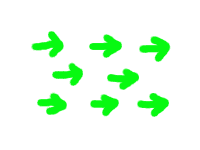
Parallel vectors -> same object

Diverging vectors -> same object
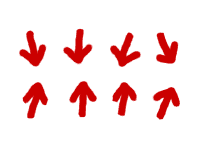
Converging vectors -> different objects
Why it's cool
- No boxes / assumptions about objects' shape.
- No made up definition of center.
- Only local context needed for prediction.
- Target is always well-behaved in [-1, 1].
- No ugly NMS.
- Robust to rescaling (?).
- Fast (?).
Not just border detection
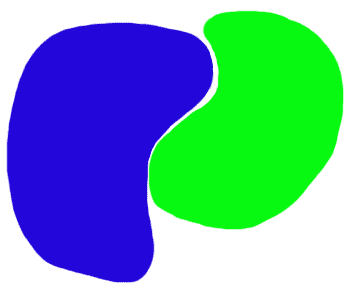
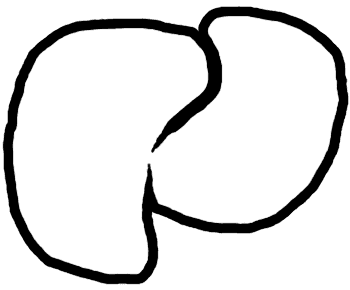

Fragile. Mis-prediction in a few pixels can cause cascading error.
Not just border detection



Robust. Redundancy of information allows prediction stability.
A Better Definition
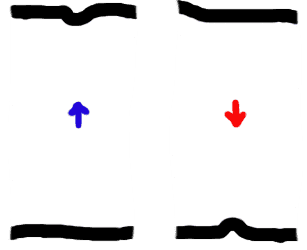

The simplest definition of border direction is "unstable".
A Better Definition


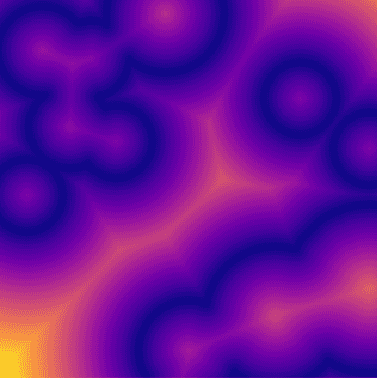

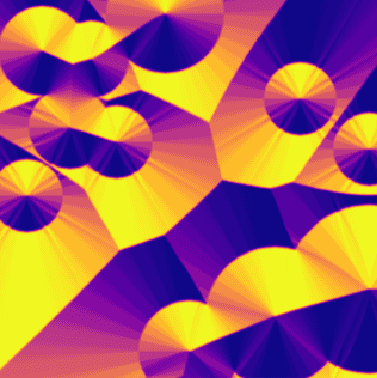

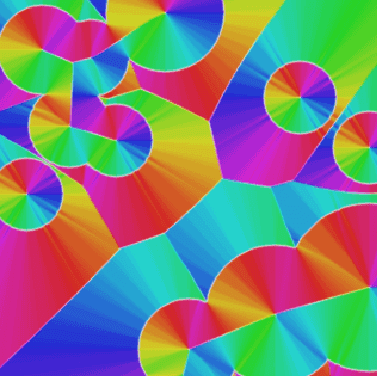
Gradient of the distance-to-border field.
Let's see the prototype
Synthetic dataset
Bordir
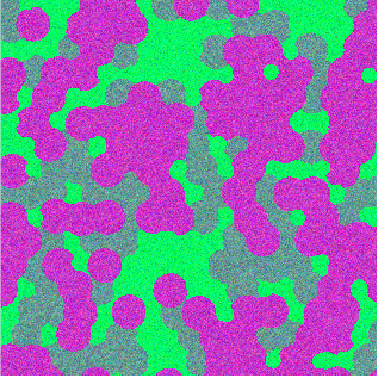

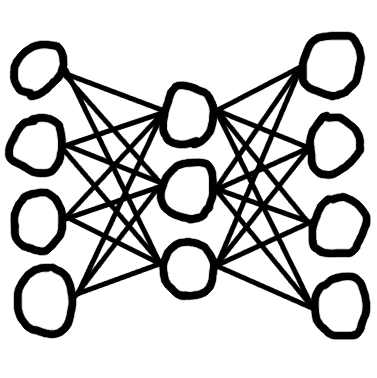

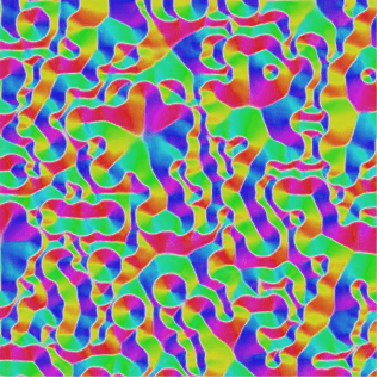



Classic ResNet as network.
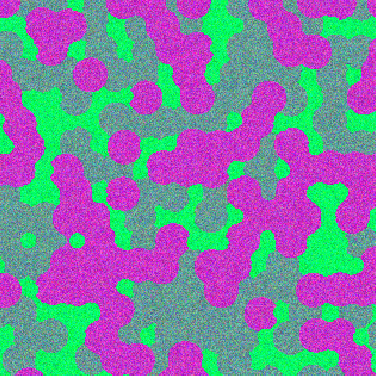
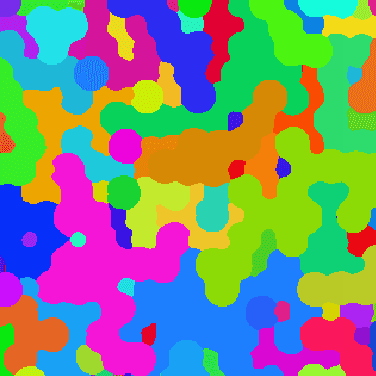
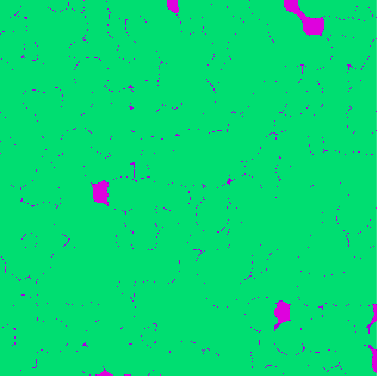
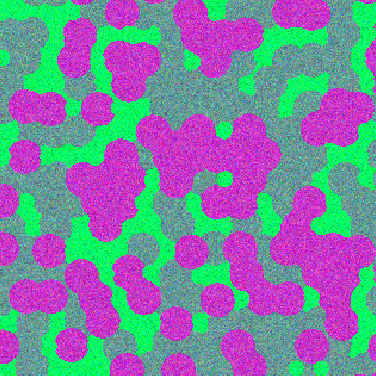
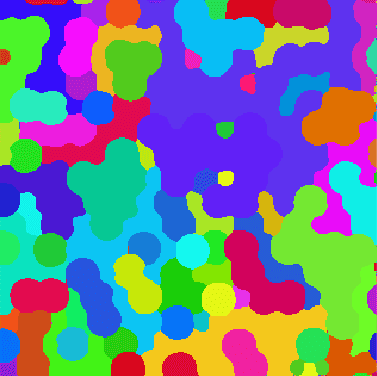
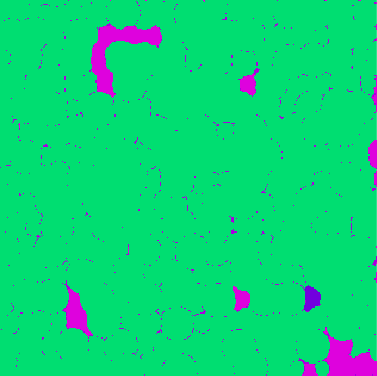
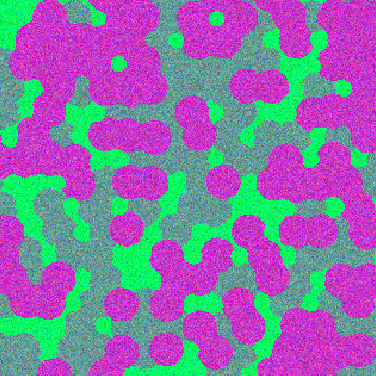

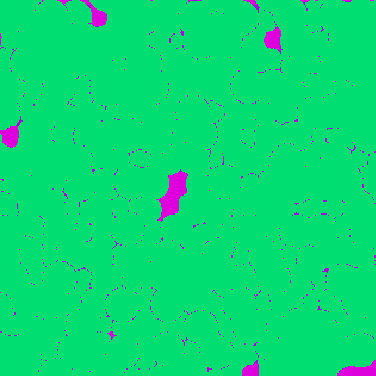

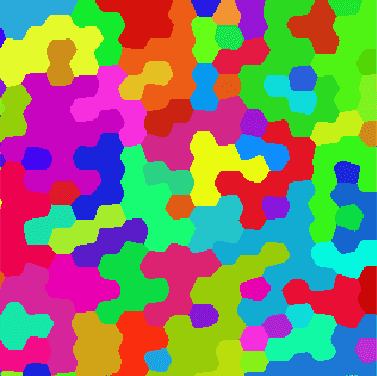
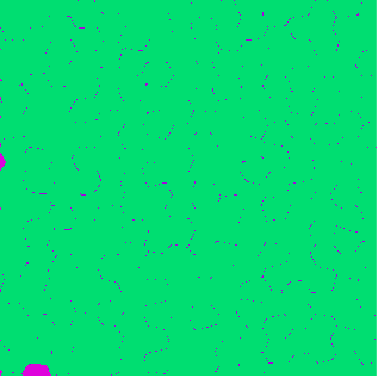
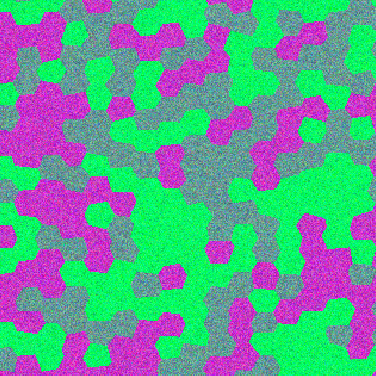
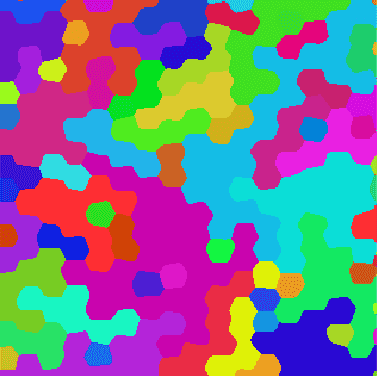
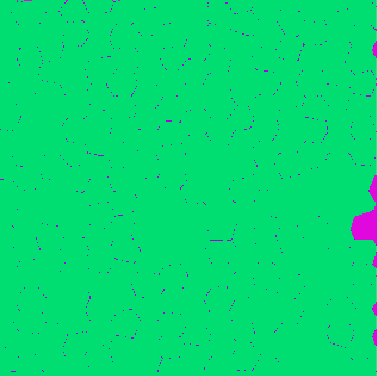

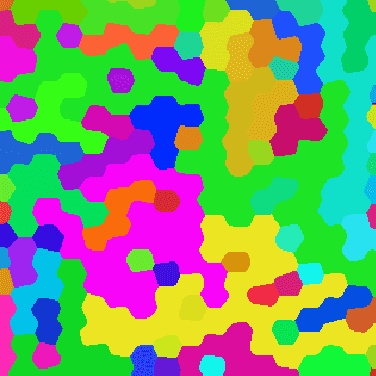
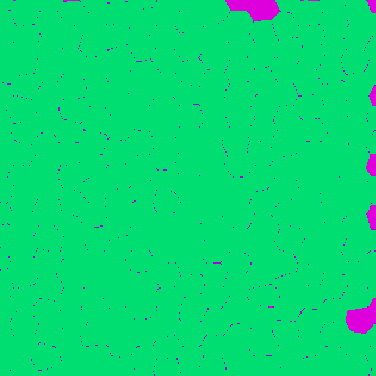
Predictions on the test set.
Instance segmentation
metrics
Intersection over union
True positive is when intersection over union is above a threshold.
https://kharshit.github.io/blog/2019/09/20/evaluation-metrics-for-object-detection-and-segmentationProblem 1: arbitrary threshold is involved
Problem 2: Integration is not intuitive anymore.
Very different kind of errors have the same metric.
Panoptic quality
My proposal

Two classes: object and background. We have a target...
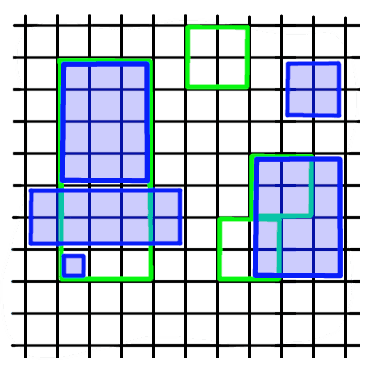
...and the model prediction. What are the errors?
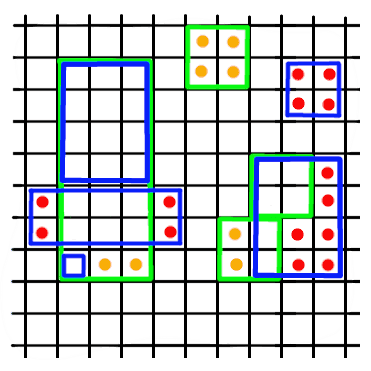
Class errors

false positive

false negative
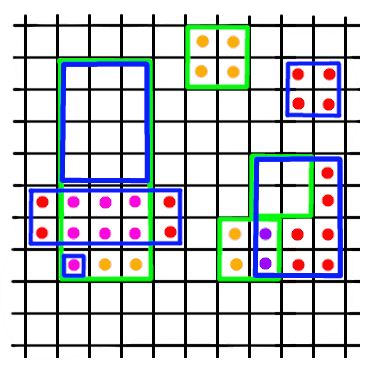
Instance errors

merge error

split error

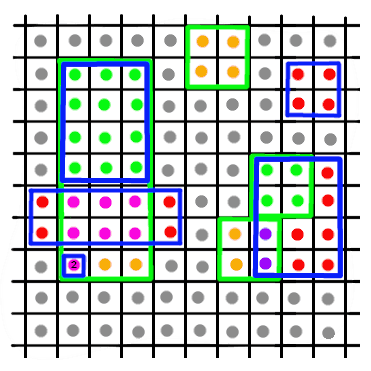

true positive

true negative
Metrics
| Metric | Value (%) |
|---|---|
| correct | 96.120 |
| instance error | 3.880 |
| split error | 6.209 |
| merge error | 2.652 |
.
